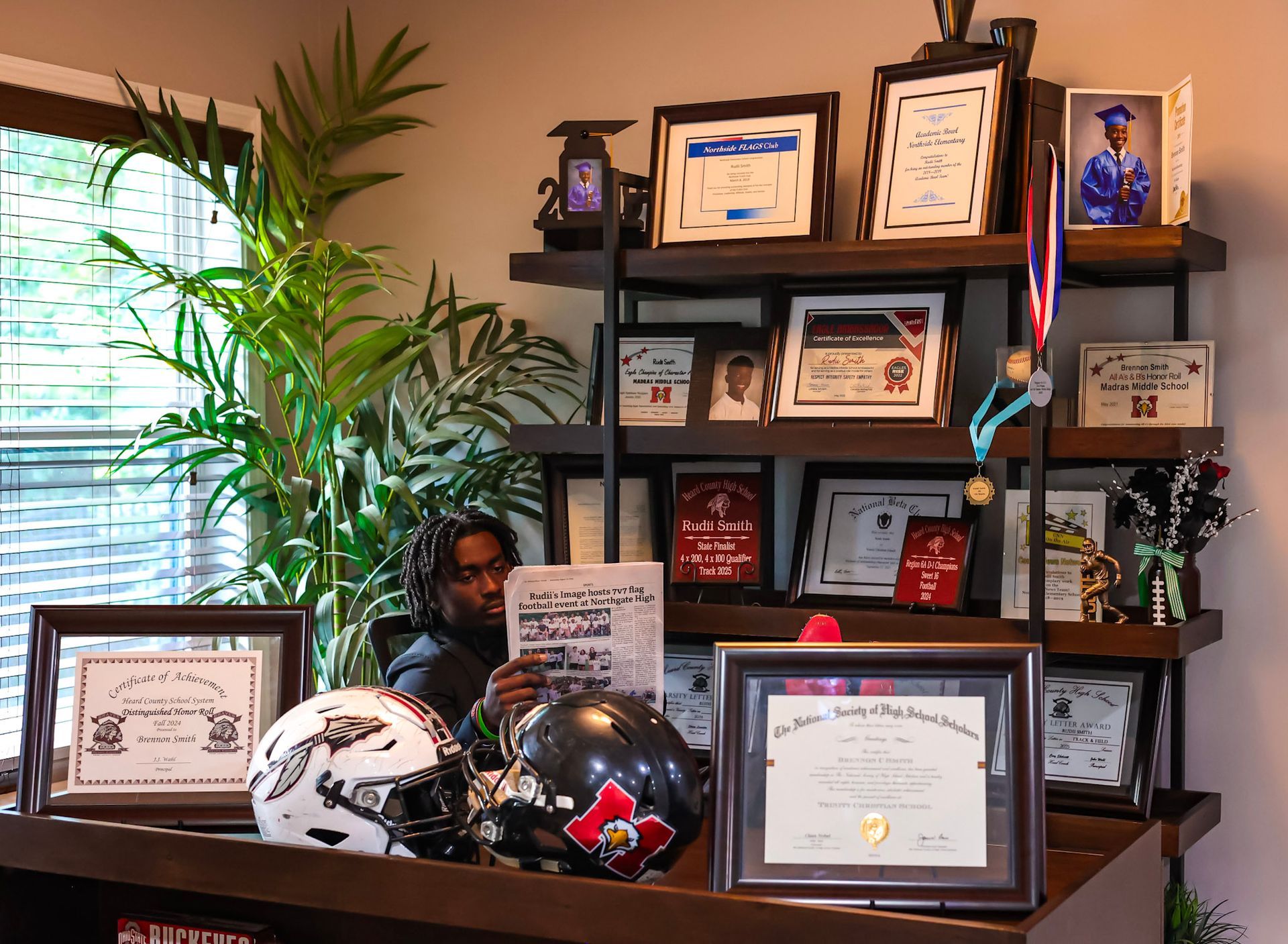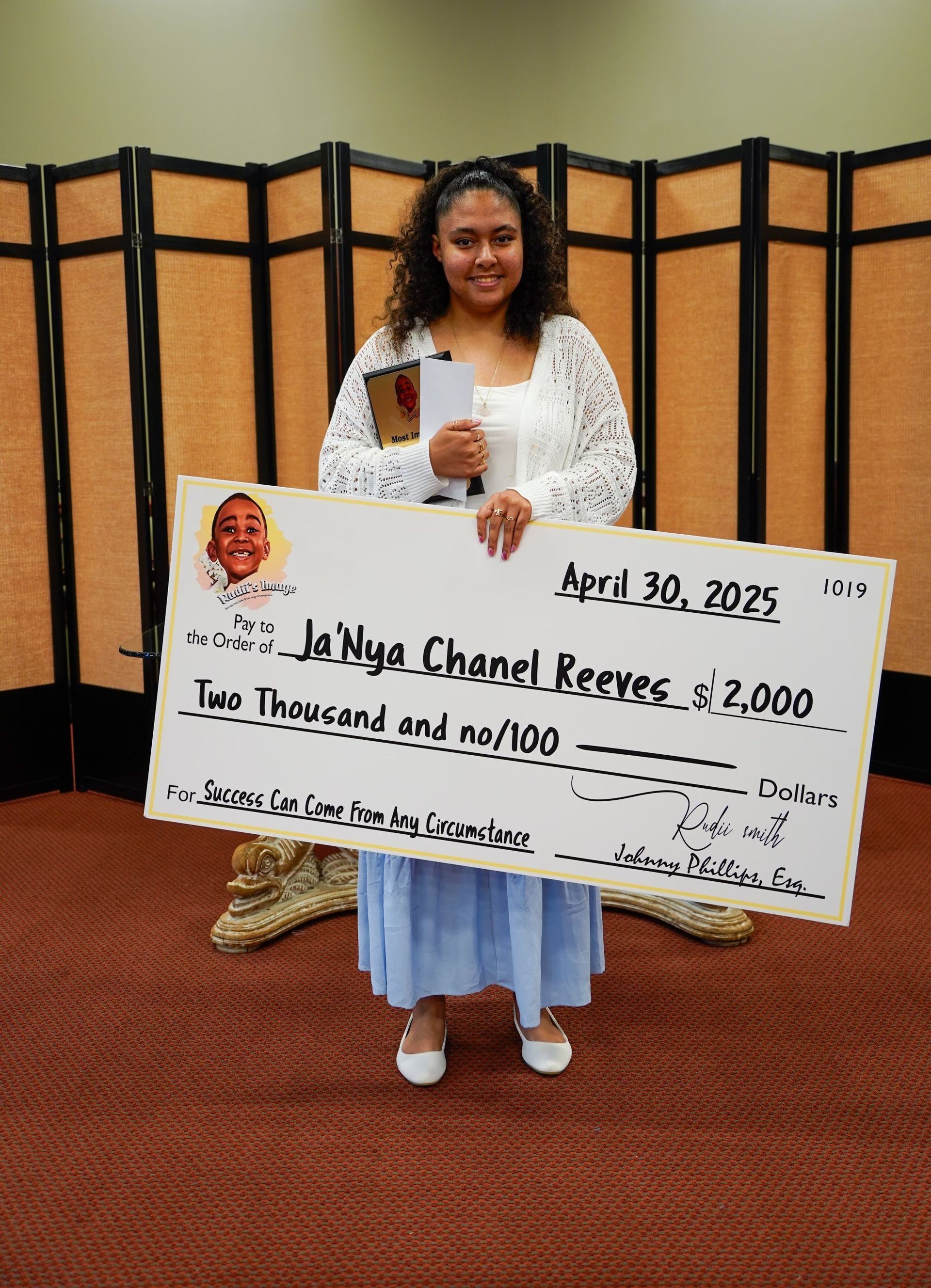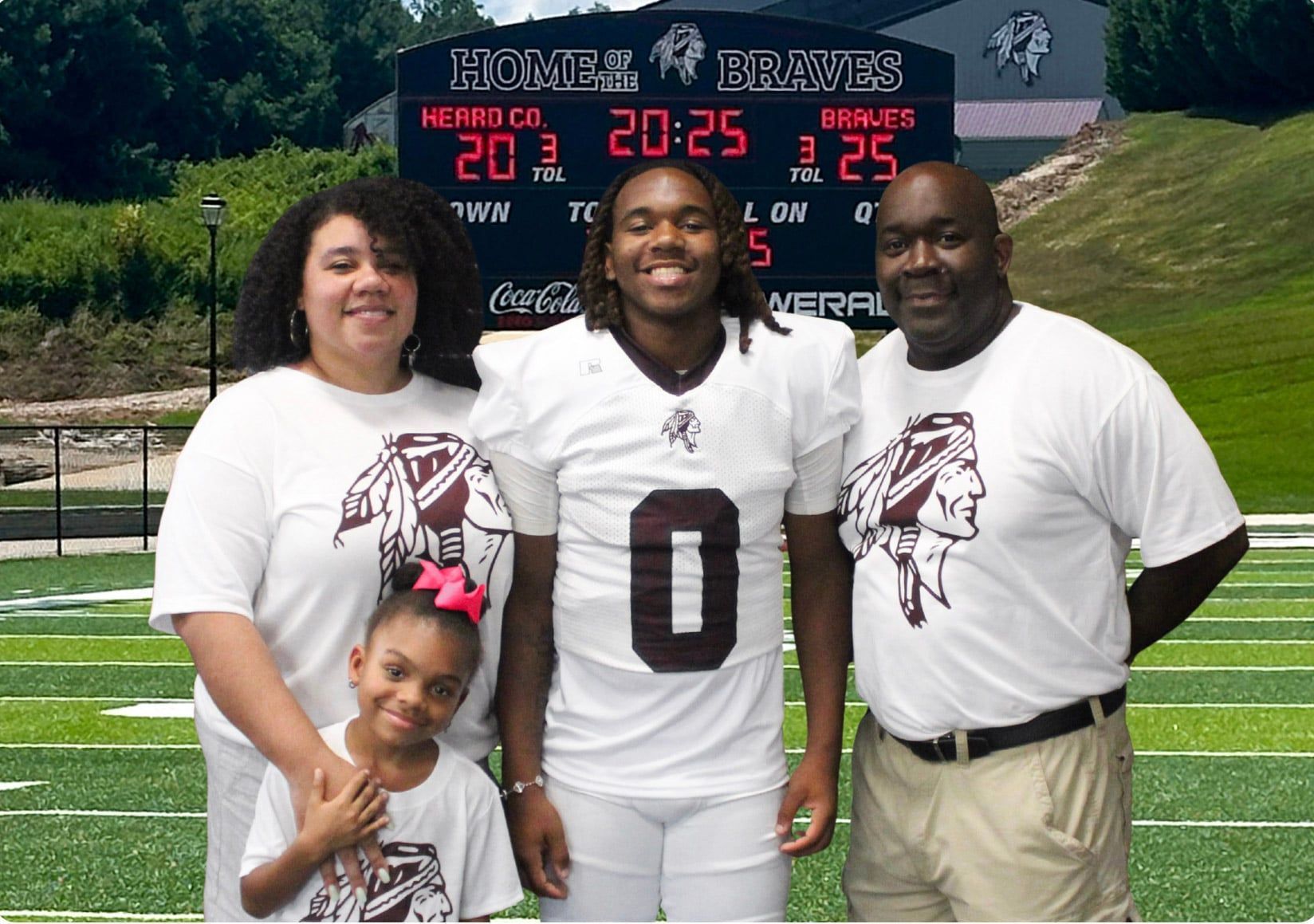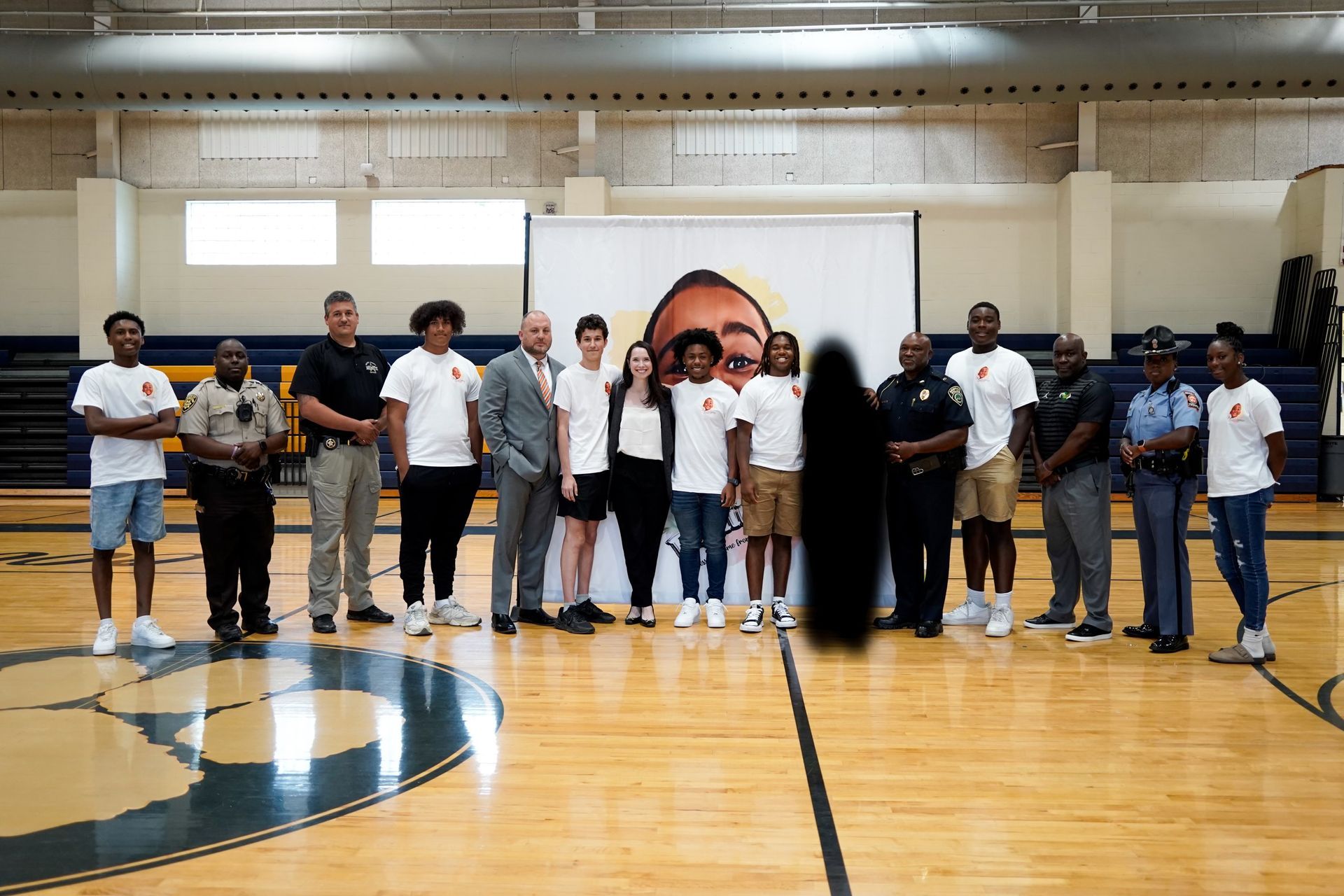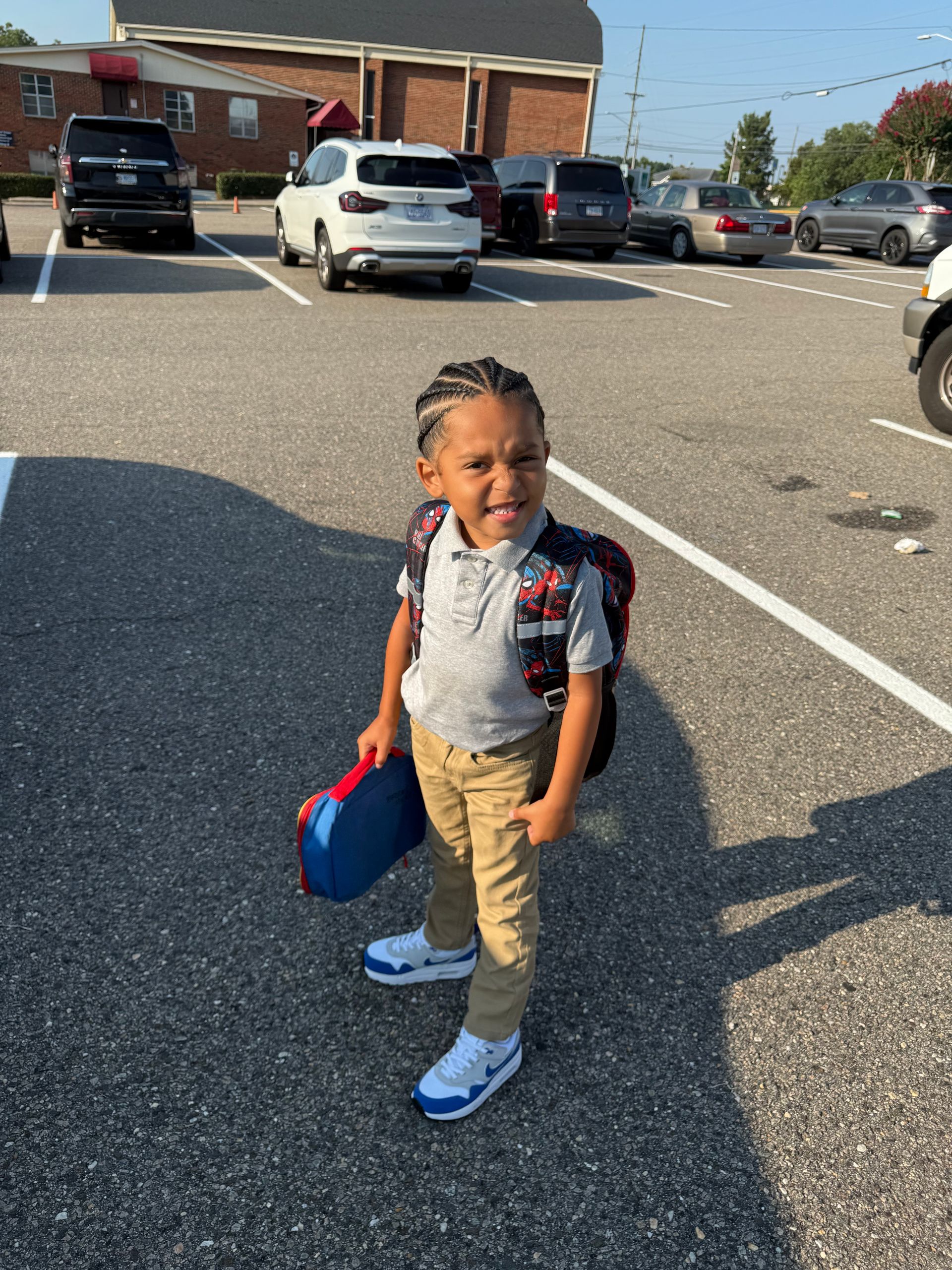"Success Can Come From Any Circumstance." - Rudii Smith
Learning & Achieving
Continuous Improvement
Learning refers to the organization’s ability to assess its programs, strategies, and impact continually. This involves collecting data, evaluating outcomes, and integrating feedback to enhance effectiveness. By fostering a culture of learning, non-profits can adapt to changing circumstances and improve their services. Our improvement helps us better serve our community.
Capacity Building
Achieving involves setting and reaching specific goals related to the organization’s mission. This includes expanding programs, increasing outreach, and achieving financial sustainability. Capacity building, through training staff and volunteers or developing stronger partnerships, contributes to achieving these goals that allows us to better serve our children.
Impact Measurement
Non-profits often aim to create social change, so understanding their impact is crucial. Learning about beneficiaries' needs and measuring the outcomes of programs helped us to demonstrate their effectiveness, attract funding, and engage stakeholders.
Collaboration and Knowledge Sharing
Learning occurs through collaboration with other organizations, sharing best practices, and leveraging collective knowledge. This broader network enhances innovation and solutions to complex social issues.
Adaptability and Resilience
Achieving in the non-profit sector often requires flexibility and resilience. Learning from our experiences and adapting to challenges more likely helps us to succeed in our missions, even when faced with obstacles.
Community Engagement
Engaging with the community is essential for understanding needs and measuring success. Learning from community feedback has led to more relevant and impactful programs, contributing to a stronger connection with those served.

